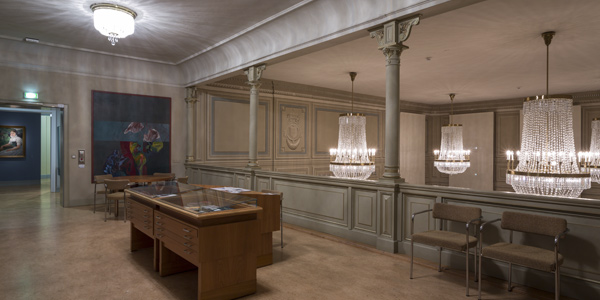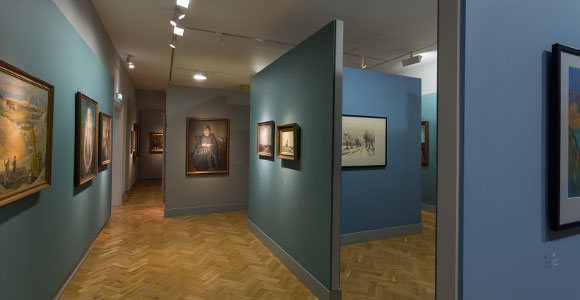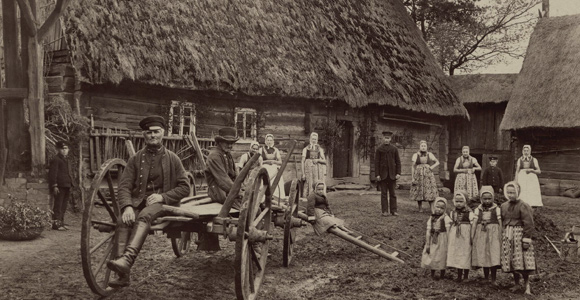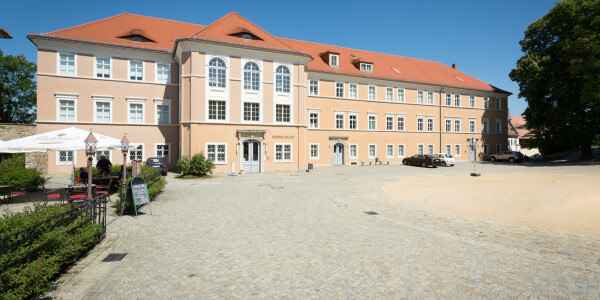
History
The collection of the Sorbian museum dates back to the year 1856. At that time, the Sorbian scientific society Maćica Serbska founded an archaeology department. Archaeological artefacts and Sorbian literary monuments form the basis of this collection.
Under the direction of the linguist and folklorist Dr. Ernst Mucke, for the exhibition of Saxon crafts and arts in 1896 in Dresden, a large number of ethnographic exhibits were added to the original collection. During the founding period of national museums across Europe, Ernst Mucke steadily developed the concept of a dedicated Sorbian museum.
This museum was to be the cultural heart of a centre with a printshop, bookshop, clubroom and restaurant. The project was realised with the construction of the so-called Wendish house (Serbski dom) as the beating heart of the Sorbian society. Within the Wendish house at the Bautzener Lauengraben, the museum founded a separate department in 1900.

After the ban of all public Sorbian life in 1937, the Wendish museum was dissolved in 1941/1942 and the exhibits of the museum were incorporated into the city museum of Bautzen. After the destruction of the Wendish house in the last days of the war in 1945, the collection of the Sorbian museum found its final resting place in the current building of Ortenburg castle in 1974 – the so-called Salzhaus in Bautzen, built in 1782.
Meanwhile, from 1957-1971, there was a museum of Sorbian folk art with a part of the recovered collection in Hoyerswerda.
Collection
The Sorbian museum currently has approximately 35,000 inventoried objects. The inventory includes collections of material culture, textiles and costumes, Sorbian literature and written sources, the art collection as well as the photo and poster archive. Particularly noteworthy is the unique collection of Sorbian costumes with the oldest exhibits dating back to the 18th century and the most comprehensive collection of fine art related to Sorbian subjects. Among them are also numerous collections bequeathed by renowned Sorbian artists. You can explore Sorbian history, folk art, costumes and traditions, literature and the visual arts on three floors with a total surface of 1,000 square metres.
The individual collections can be viewed by appointment.
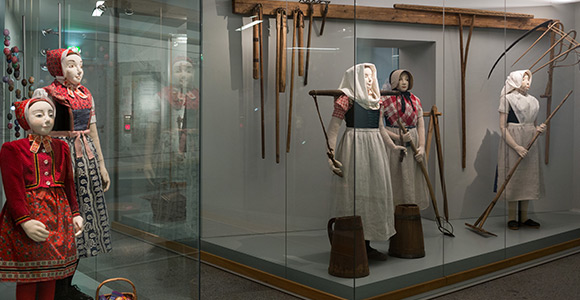
Collection of material culture
The exhibits that were collected for the Saxon crafts and arts exhibition in Dresden in 1896 form the basis of the collection of material culture and generally the museum’s inventory.
The collection of material cultural heritage includes objects of wood, metal, ceramic, porcelain and glass. These are primarily everyday objects and pieces of furniture from homes and households, building and construction as well as folk culture. The exhibits have been collected in the Sorbian-Lusatian region. The Exhibits that come from outside Lusatia usually stand in close connection with the Sorbian culture.
In 1958, the collection action under the slogan “My smy tak bohaći!” (we are so rich) put emphasis on the collection of objects from Sorbian rural culture.
Contact:
i.bierling@sorbisches-museum.de
j.barth@sorbisches-museum.de
The Sorbian museum has an extensive textile and costume collection. The costumes and costume fragments come from all regions of Upper and Lower Lusatia. Among these unique pieces, you can find the so-called “Truhentrachten” which have disappeared from use and evidence of other textile crafts. The collection also includes clothing, uniforms, club clothing, costumes of the community theatres and linen as well as commissioned ethnic artwork typical of the time.
Contact:
i.bierling@sorbisches-museum.de
The museum has a library with about 6,500 items, including a research library for the museum staff and a collection of Sorbian books and Sorbian publications. There are a few pieces with high scarcity value from before 1900. One of the most valuable exhibits is the Upper Sorbian church agenda from 1696. In the reference library in the gallery of the ballroom of the permanent exhibition, visitors can explore writings of Sorbian authors.
The collection of written sources comprises more than 1,000 items, including old manuscripts, calligraphic letters, patents and various religious documents as well as contemporary historical pieces – mostly in the Sorbian language or referring to the Lusatia, e.g., leaflets, certificates and club materials. The most valuable manuscript is the so-called “Kralsche Geigenspielbuch”, a violin book from the second third of the 18th century.
Contact:
a.paulik@sorbisches-museum.de
The art collection of the Sorbian museum currently comprises 6,900 exhibits.
It consists of the genres painting, graphics, sculpture, applied arts, art prints and art photography. The graphic collection as part of the art collection with currently approximately 6,000 items, including approximately 5,000 drawings, is the most comprehensive part of the inventory. However, not before the establishment of the art department of the Sorbian scientific society Maćica Serbska in 1906, did the collection received a specific orientation – by acquisition and contracting of artists.
The collection includes enormous bequeathments from important Sorbian artists of the 20th century. Since the beginning, the concept of the collection has been to focus on the acquisition of works from Sorbian artists as well as artists from other nationalities with Sorbian and Lusatian themes. The collection reflects the chronological development of Sorbian fine arts of the 20th century.
Contact:
c.bogusz@sorbisches-museum.de
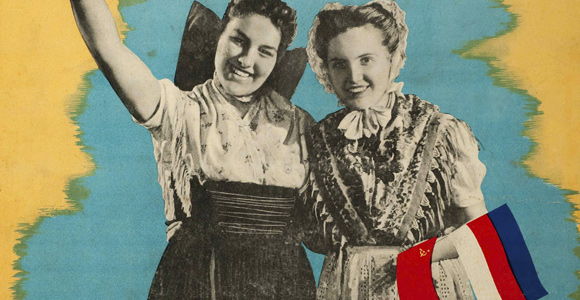
Poster collection
The Sorbian museum has an extensive poster collection of approximately 1,700 posters. The posters relate to Sorbian matters, were created by Sorbian artists or reflect subjects with a Sorbian background. The oldest poster in the collection is a placard from 1920 that was printed and published for the 42nd general meeting of the Sorbian student youth, “Schadźowanka”. The poster collection of the Sorbian museum is the most extensive of its kind with the most exhibits and the greatest variety. The posters reflect the events and processes of political, cultural and social life in Lusatia – especially from the second half of the 20th century until today.
Contact:
c.bogusz@sorbisches-museum.de
The photographic collection of the Sorbian museum includes approximately 10,500 items.
Many photographs document Sorbian history. The collection comprises not only photos that document customs and costumes but also photos of buildings and portraits of known Sorbian and Slavic patriots, artists and cultural workers. Furthermore, photographic documents of Sorbian associations, Sorbian music and theatre productions as well as Sorbian schools have been collected.
The oldest photographic documents are the ethnographic recordings that were specially made for the Dresden Exhibition in 1896. The studio work of festive Sorbian costumes taken by the photographers created contemporary and lasting documents.
In recent years, the genre of art photography has been gradually expanded and included in the art collection.
Contact:
i.bierling@sorbisches-museum.de
Depot
The central storehouse of the Sorbian Museum, located at Löbauer Straße 60a, was established in 2020. With the exception of the textile collection and the exhibits displayed in the main building on Ortenburg Castle, it contains the entire museum object inventory of the Sorbian Museum. The collection, arranged according to material groups, extends over three floors of the central storage building.
It is possible to view holdings of the museum collection for research purposes free of charge, but advance registration is required.
- Depot Serbski muzej / Sorbisches Museum
- Löbauer Straße 60a
- 02625 Bautzen

Employees
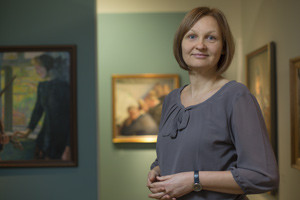
Christina Bogusz
Museum Director
Kontakt:
c.bogusz@sorbisches-museum.de
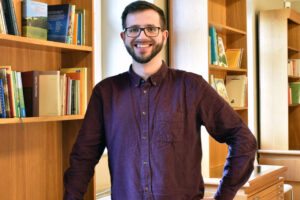
Jędrzej Soliński
Research Assistant, Deputy Director
Kontakt:
j.solinski@sorbisches-museum.de
Birgit Korch
Secretary
Kontakt:
sekretariat@sorbisches-museum.de
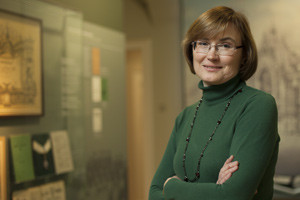
Andrea Paulik
Museologist
Kontakt:
a.paulik@sorbisches-museum.de
Alexander Polk
Museologist
Kontakt:
a.polk@sorbisches-museum.de
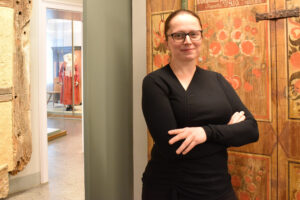
Roxana Naumann
Conservator
Kontakt:
r.naumann@sorbisches-museum.de
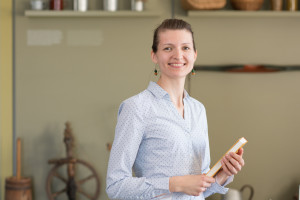
Monika Oschika
Museum Education and Public Relations
Kontakt:
m.oschika@sorbisches-museum.de
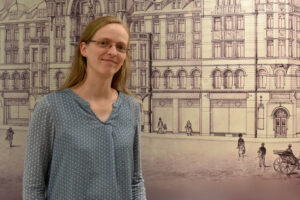
Rebecca Wöppel
Project assistance
Kontakt:
r.woeppel@sorbisches-museum.de

Daniela Heck
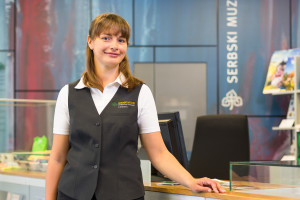
Christiane Dubau
Visitors’ Service
Kontakt:
ticket@sorbisches-museum.de
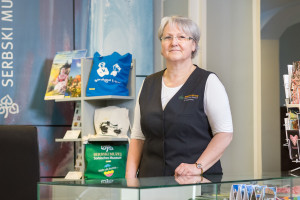
Angelika Koreng
Visitors’ Service
Gisela Brußk
Visitors’ Service
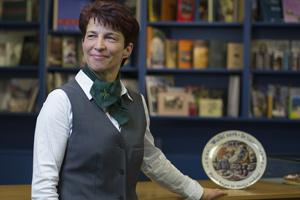
Gertrud Schneider
Visitors’ Service

Kerstin Müller
Visitors’ Service
Statute and Sponsors
Association
Spěchowanske towarstwo Serbskeho muzeja (Budyšin) z.t. – Förderverein des Sorbischen Museum (Bautzen) e. V.
Activities of the association:
The association Förderverein des Sorbischen Museums e.V. fights for the recognition and presence of cultural diversity in Europe.
In relation to the museum, this includes above all securing the conditions to preserve and expand the collections of the Sorbian museum.
Promotion
– Promoting presentations of the Sorbian museum in Germany and abroad.
– Promoting its image in public.
Networking
– Promoting contacts from scientific and cultural institutions at home and abroad.
– Expert advice
Sponsoring
Acquisition of sponsors and supporters at home and abroad – for example:
– to purchase objects of art and cultural as well as estates,
– to fund special exhibitions and catalogues and
– for restoration.
Annual Fee
The annual fee is 30 €, reduced 20 €
Chairman of the Förderverein:
Dr. Annett Bresan
2. Chairman:
Clemens Bresan
Treasurer:
Marko Suchy
Other board members:
Hellena Pallman, Andrea Paulik
Contact:
sekretariat@sorbisches-museum.de
Förderverein Sorbisches Museum e.V.
IBAN: DE04 8555 0000 1000 0332 91
BIC: SOLADES1BAT
Account number: 1000033291
BLZ 85550000
KSK Bautzen
Kreissparkasse Bautzen
The Förderverein des Sorbischen Museums is a registered friendly society and can issue donation receipts


